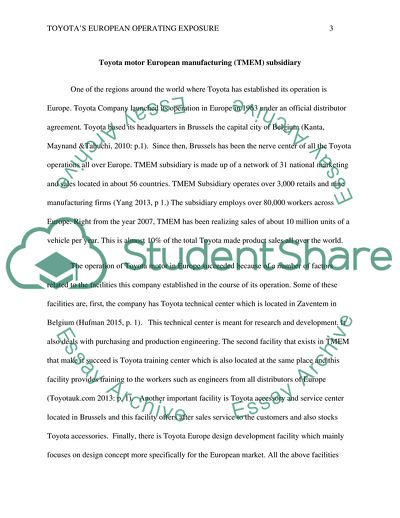Cite this document
(Treasury and Risk Management Assignment Example | Topics and Well Written Essays - 3750 words - 1, n.d.)
Treasury and Risk Management Assignment Example | Topics and Well Written Essays - 3750 words - 1. https://studentshare.org/finance-accounting/1869881-treasury-and-risk-management
Treasury and Risk Management Assignment Example | Topics and Well Written Essays - 3750 words - 1. https://studentshare.org/finance-accounting/1869881-treasury-and-risk-management
(Treasury and Risk Management Assignment Example | Topics and Well Written Essays - 3750 Words - 1)
Treasury and Risk Management Assignment Example | Topics and Well Written Essays - 3750 Words - 1. https://studentshare.org/finance-accounting/1869881-treasury-and-risk-management.
Treasury and Risk Management Assignment Example | Topics and Well Written Essays - 3750 Words - 1. https://studentshare.org/finance-accounting/1869881-treasury-and-risk-management.
“Treasury and Risk Management Assignment Example | Topics and Well Written Essays - 3750 Words - 1”. https://studentshare.org/finance-accounting/1869881-treasury-and-risk-management.


